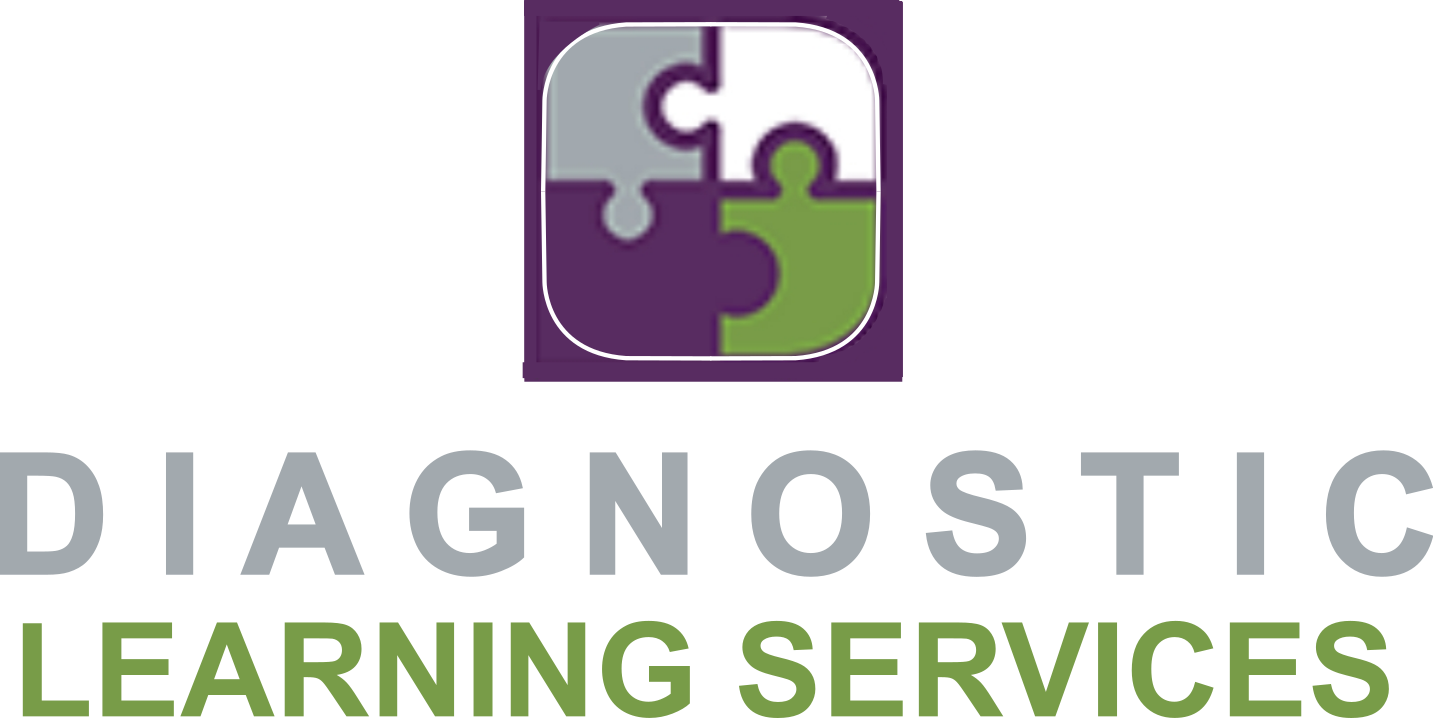Early Assessment and Intervention for Dyslexia is Key
As a former teacher of elementary children and a dyslexia therapist, I constantly spoke with parents, administrators, and teachers about the importance of assessing students that were identified at-risk in reading, writing, and spelling by the middle of their first-grade year.
These are the students that are participating in interventions like Reading Recovery, literacy groups, or small group remediation by a reading specialist or a classroom teacher. When these students do not make progress, then a referral for formal testing is usually warranted.
Many times, after testing for dyslexia, these students will qualify to participate in their district’s dyslexia program. What I consistently found was that the earlier the dyslexia program is started, (a multi-sensory Orton Gillingham based program delivered in a structured small group daily) the better the result.
Parents and teachers alike can and should look for characteristics of dyslexia in even very young children and be diligent about progress monitoring and reacting when students are not responding to quality reading instruction delivered by their classroom teachers. Young students (Kindergarten and First grade) will display characteristics of dyslexia like:
Reading errors that show no connection to the sounds of the letters on the page
Does not understand that words come apart
Complains about how hard reading is; avoids reading
A history of reading problems in parents or siblings
Cannot sound out even simple words like cat, map, nap
Does not associate letters with sounds, such as the letter b with the “b” sound
Difficulty with rhyming
Difficulty learning letter names and sounds
Additionally, there are many early assessments that can measure a child’s phonological processing abilities (the underlying cause of dyslexia) like phonological awareness, phonological memory, and rapid naming. Once students are diagnosed with dyslexia, there are classroom accommodations that will be implemented to help “level the playing field” for struggling readers. Common accommodations include:
Extended time to complete tests and assignments
Oral administration (read all questions and answer choices aloud)
Electronic dictionaries or spelling assistance
Audio books
Note taking assistance or copy of notes
Use of highlighters and graphic organizers
When used regularly, these accommodations allow students to show their true potential and more easily access the regular curriculum. Why would we wait for a student to fail rather than intervene as early as possible and eliminate unnecessary frustration and missed learning opportunities? Early assessment and intervention are the key.
